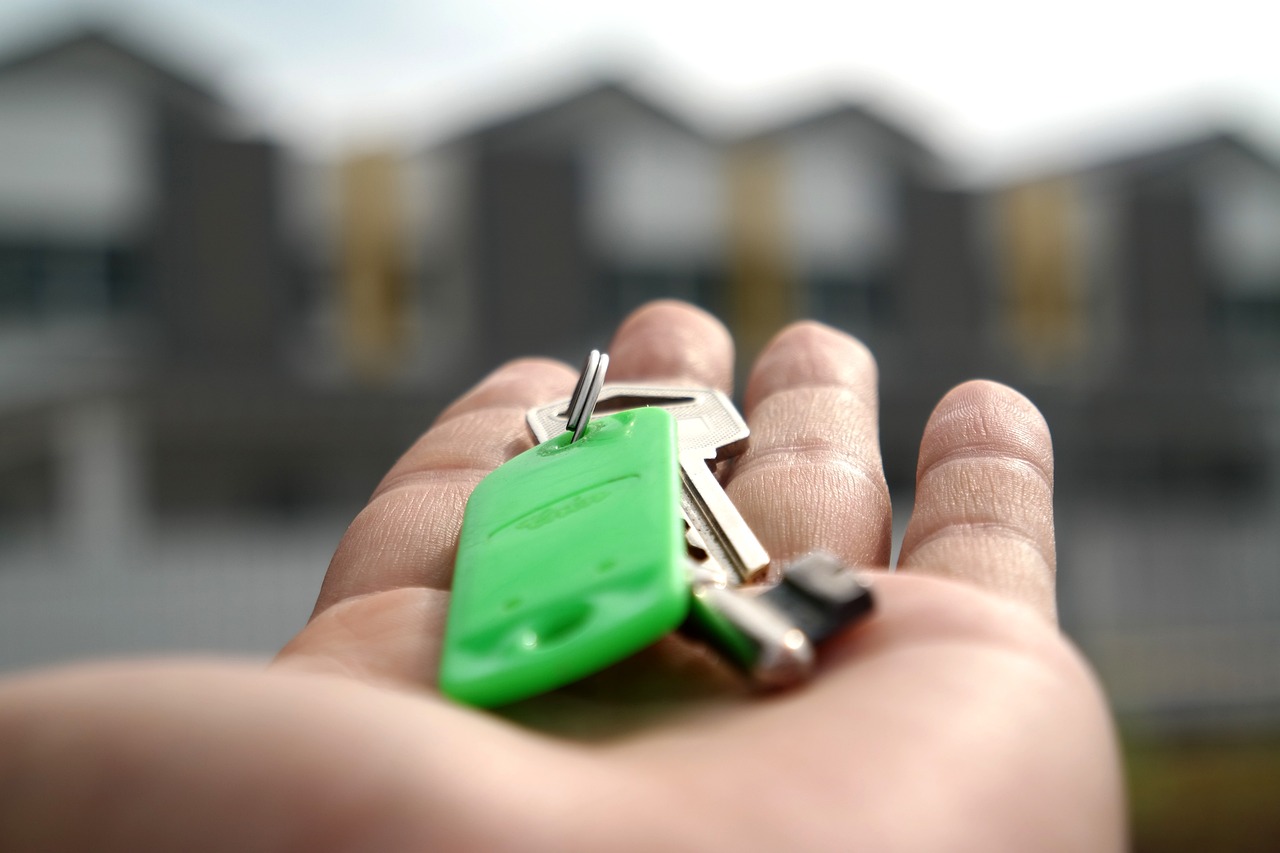Zillow, a prominent player in the real estate marketplace, has unveiled a new initiative aimed at easing the financial burden for US homebuyers who are grappling with escalating mortgage rates. These rates have recently reached a 22-year peak, further complicating the already challenging task of homeownership.
This pioneering program, introduced by Zillow on Thursday, centers around a remarkably low 1% down payment requirement. Additionally, Zillow commits to contributing an extra 2% towards the closing costs. The company’s rationale behind this move is to expedite the process for eligible homebuyers to accumulate the necessary funds. The pressing issue of affordability has led Zillow to take this step, given that numerous markets are currently in the throes of an affordability crisis. The company believes that the difficulty in saving for a substantial down payment remains a major hurdle for potential buyers. This program launch coincided with a notable surge in mortgage rates across the United States, reaching the highest levels since 2001.
Freddie Mac, a major player in the mortgage market, reported that the average rate for a 30-year home loan rose to 7.23% from the previous week’s 7.09%. This figure is significantly higher than the rate observed just a year ago, which stood at 5.55%. The escalation is even more pronounced when compared to the rate from two years prior, which was less than half of the current rate. Moreover, 15-year fixed-rate mortgages, often preferred by those seeking to refinance their homes, also experienced an increase to 6.55% from 6.46% the previous week. This is a far cry from the 4.85% average from a year ago.
The unrelenting ascent in rates marks the fifth consecutive weekly hike, pushing the average rate to levels last witnessed in June 2001. Zillow’s introduction of the 1% down payment initiative could serve as a strategic maneuver to regain market traction following two years of declining sales. The company’s venture into home-flipping, known as Zillow Offers, incurred massive losses amounting to $881 million in 2021 alone.
Despite the innovative approach, Zillow’s program details currently lack clarity. It remains uncertain whether applicants must be first-time homebuyers or meet specific income criteria. However, prospective participants are likely to need to fulfill standard loan prerequisites. These include a credit score around 620, an annual income exceeding $20,000, and a debt-to-income ratio ranging from 36% to 50%. Zillow also advises potential beneficiaries of its program to avoid closing accounts and postponing significant new purchases in preparation for securing a mortgage.
While the initiative is initially being rolled out in Arizona, Zillow has plans to expand it to other markets. This 1% down payment program surpasses Freddie Mac’s 3% Home Possible offering, catering to qualified first-time homebuyers.
Amidst the surge in rates, borrowers are grappling with hundreds of dollars in additional monthly expenses, constricting their purchasing power in an already challenging market. This situation has also deterred homeowners who locked in lower rates a couple of years ago from considering property sales. The National Association of Realtors highlights that first-time homebuyers typically put down 6% of the purchase price at closing, while repeat buyers tend to put down 13%. This contradicts the common misconception that a 20% equity stake is mandatory, a belief that has discouraged many aspiring homeowners from pursuing mortgages.
Furthermore, the housing market’s challenges are compounded by a dearth of available properties. Those who secured loans at lower rates in the past are reluctant to transition to higher rates on new acquisitions, resulting in a nearly 21% drop in new home listings compared to the previous year. This scarcity coincides with the upward trajectory of mortgage rates, influenced by the 10-year Treasury yield used by lenders to determine mortgage and loan rates.
As the US economy exhibits resilience, bond traders have reacted by driving up the 10-year Treasury yield. This, in turn, has pushed mortgage rates higher. The Federal Reserve has responded to heightened inflation by raising its benchmark interest rate multiple times since March 2022. The most recent increase brought the federal funds rate to a range of 5.25% to 5.5%. Federal Reserve Chair Jerome Powell has indicated the possibility of another rate hike by year-end, as the institution grapples with persistent high inflation.


